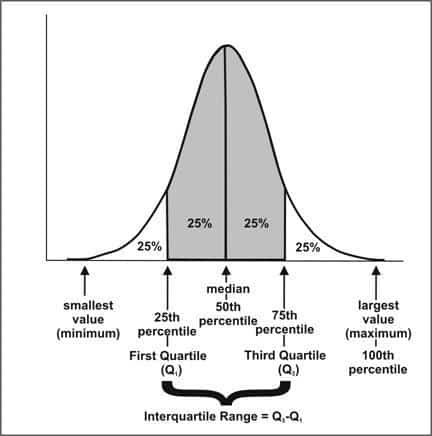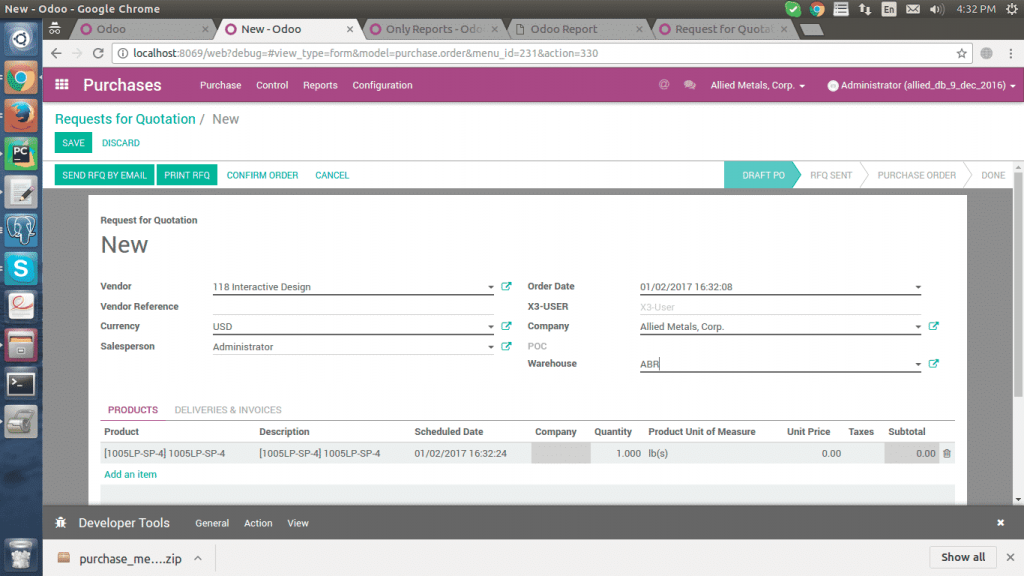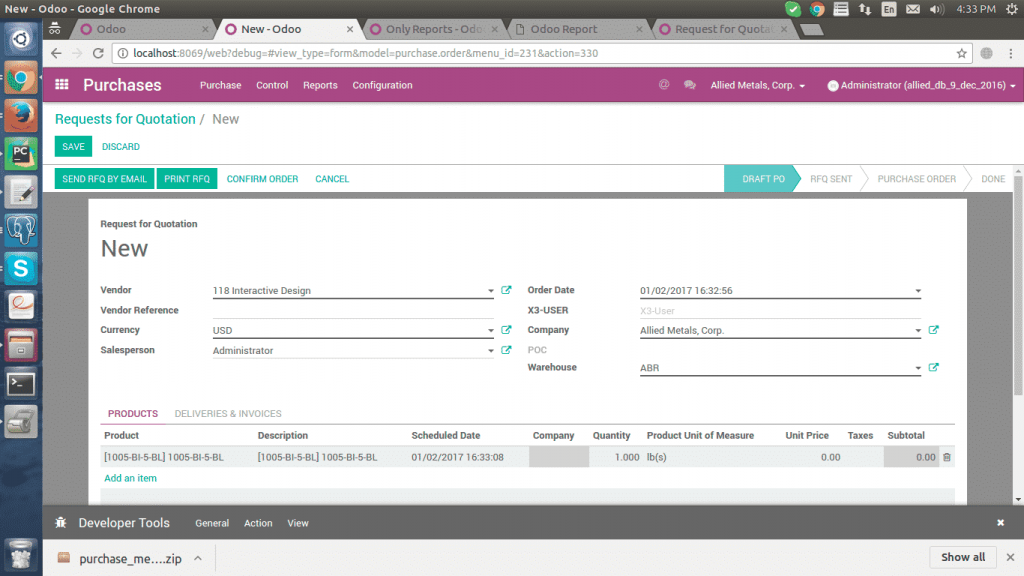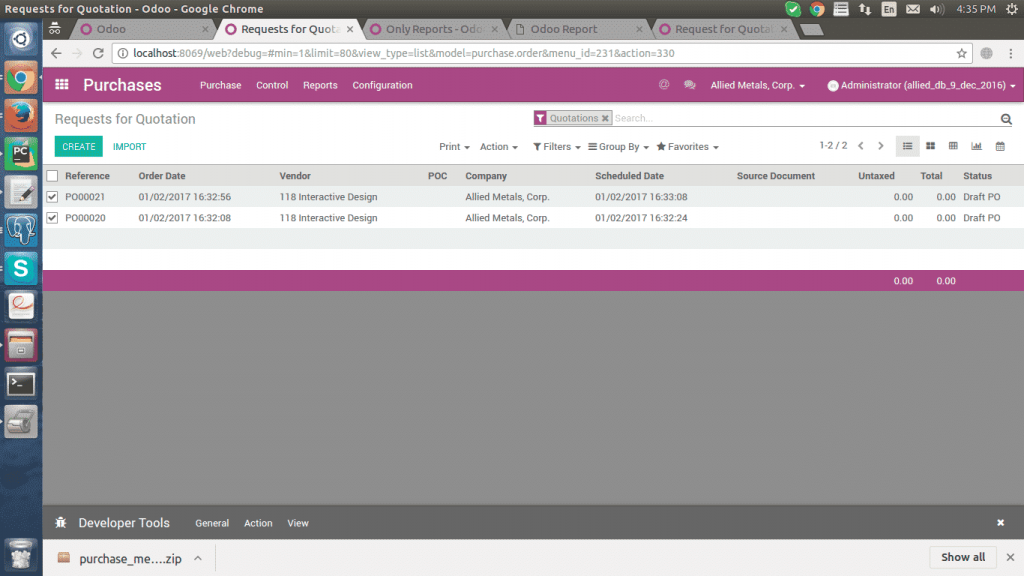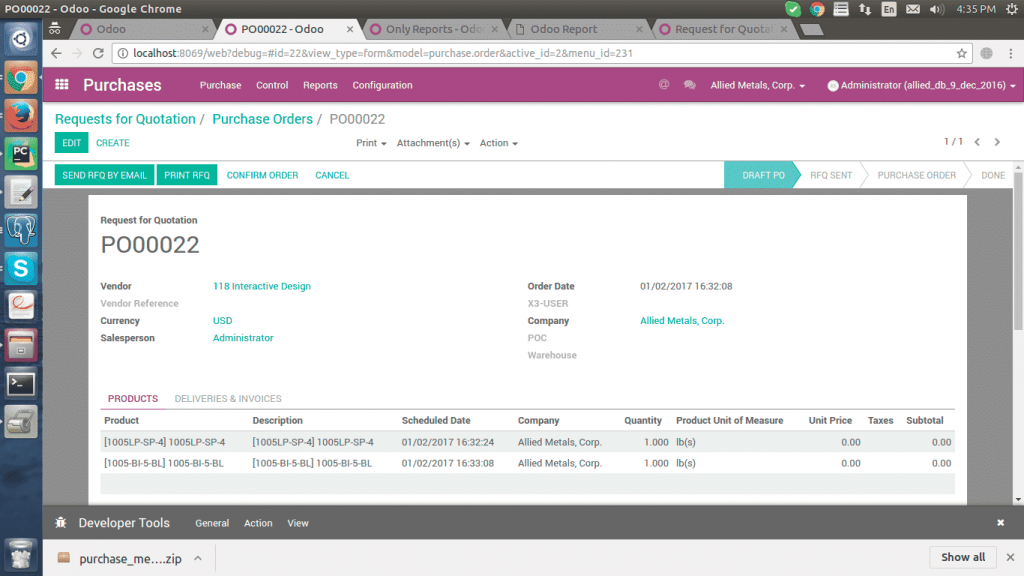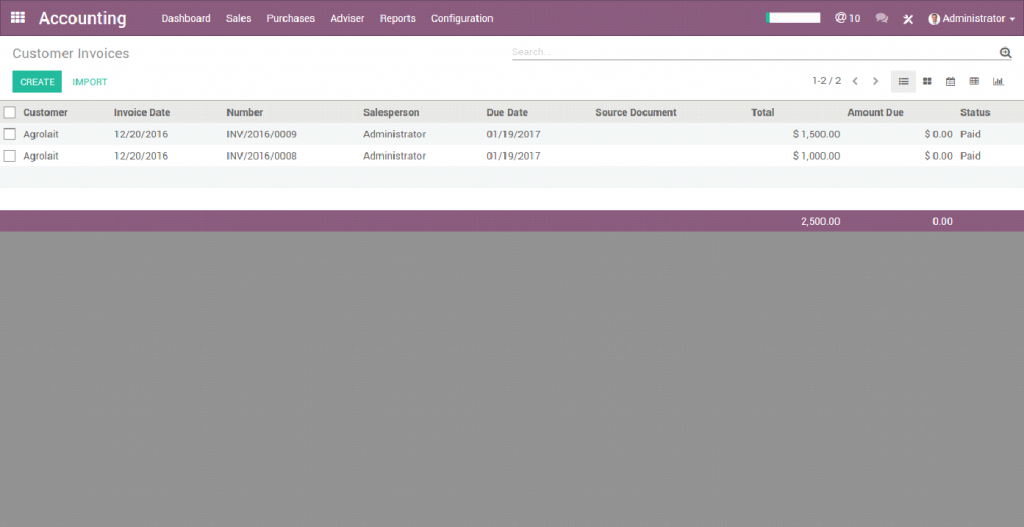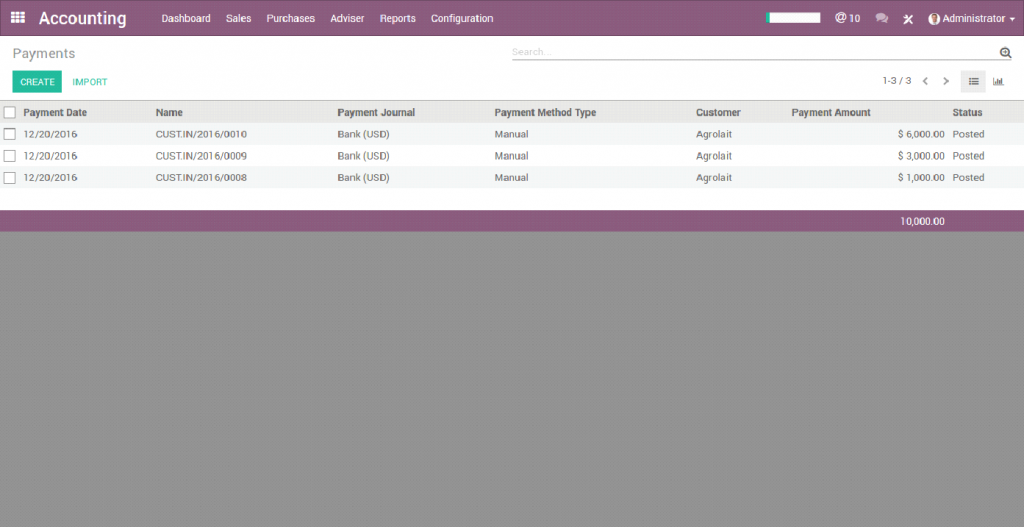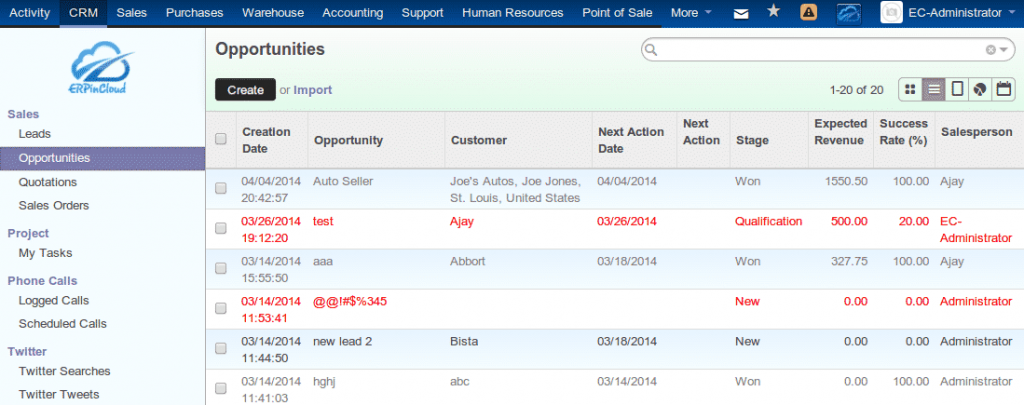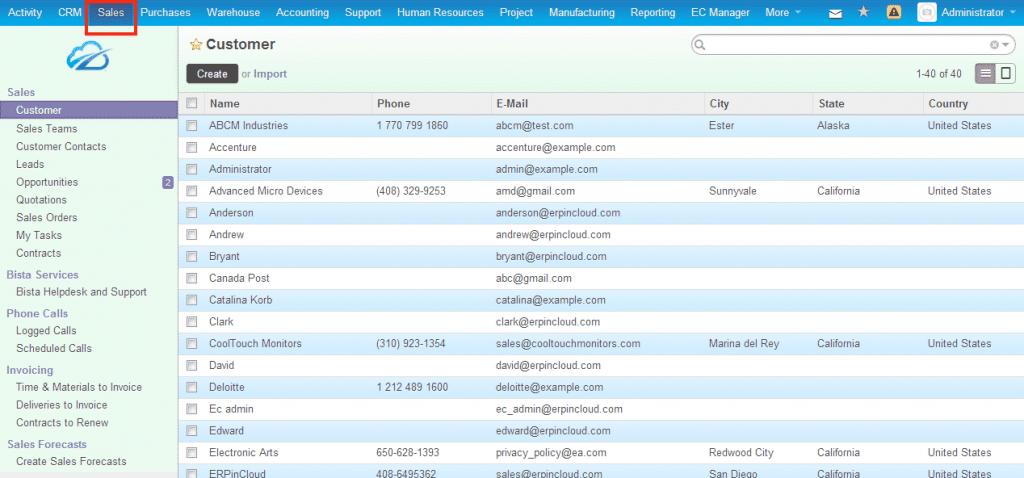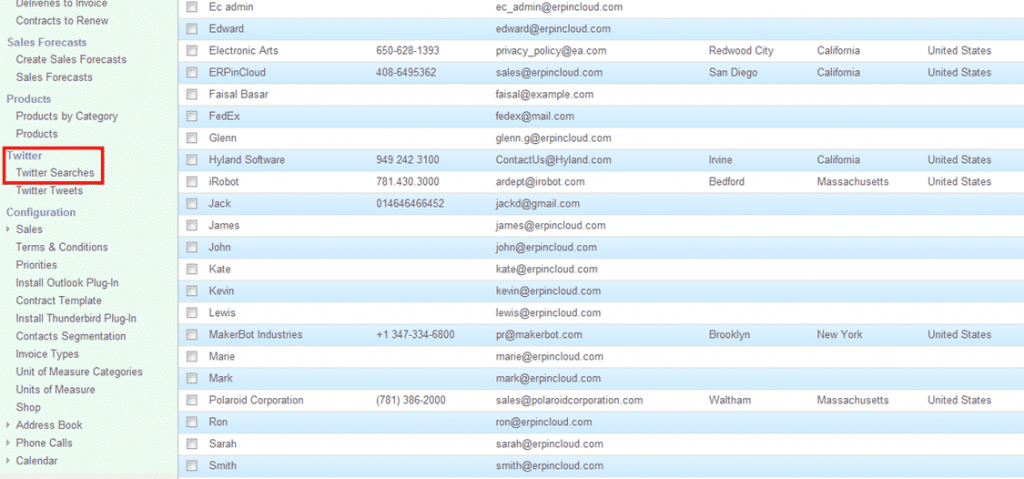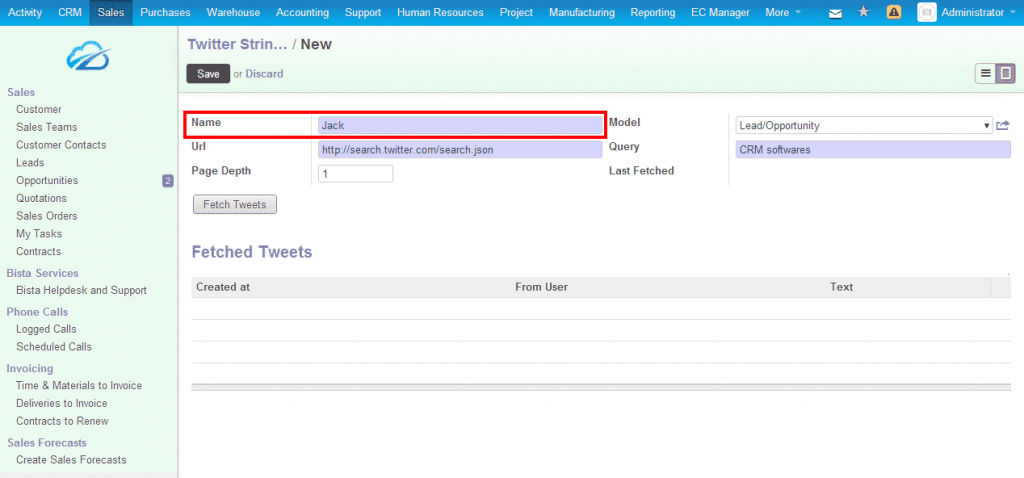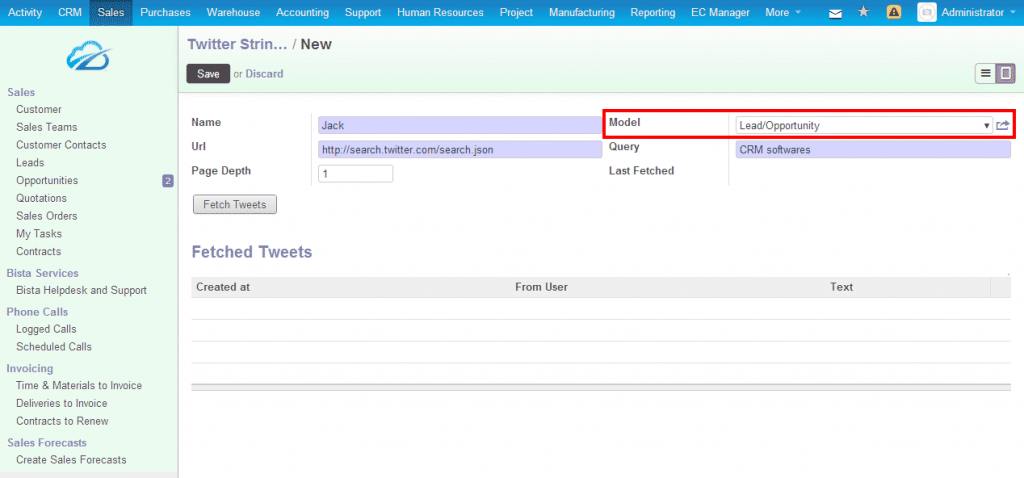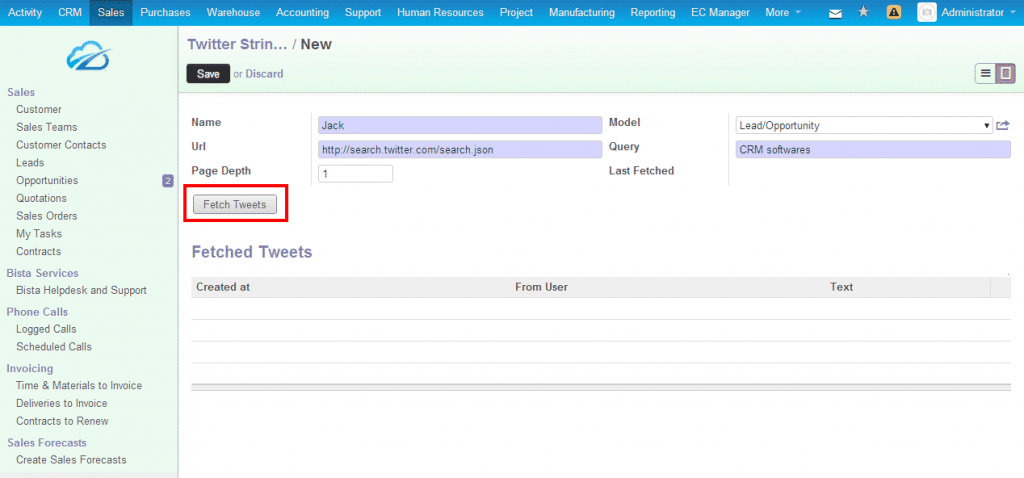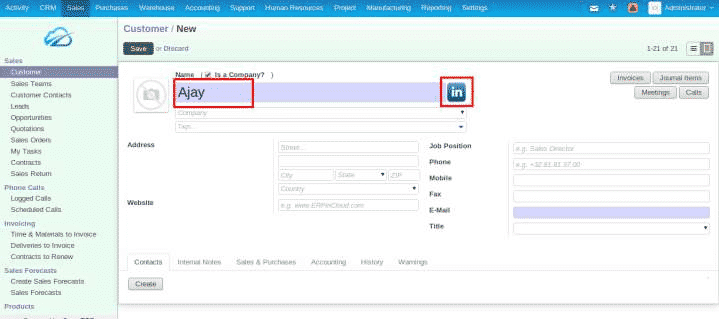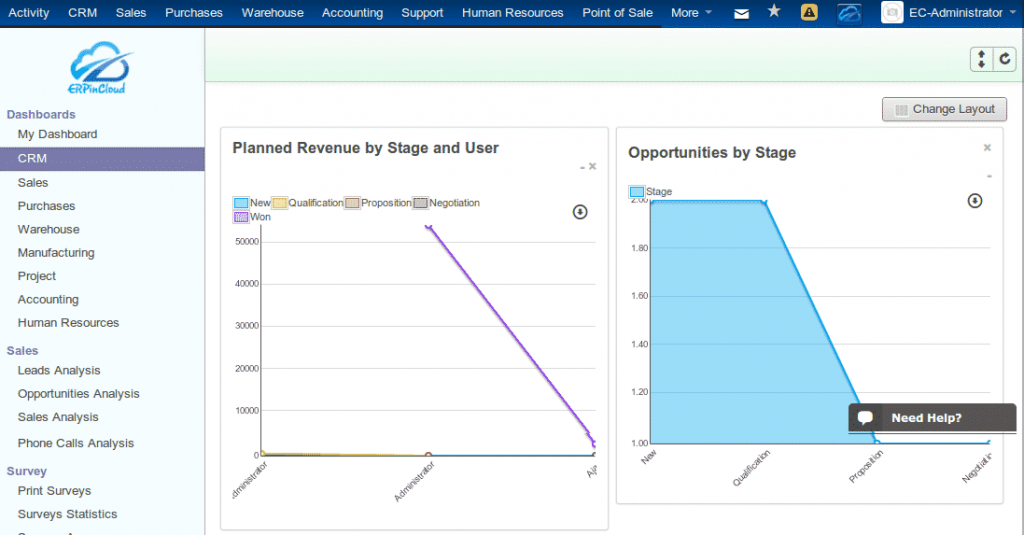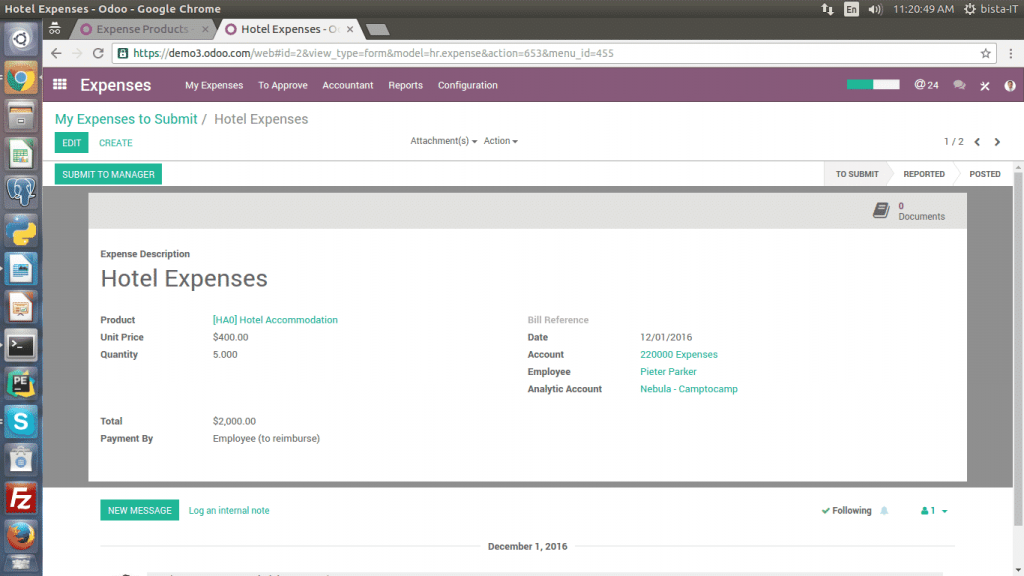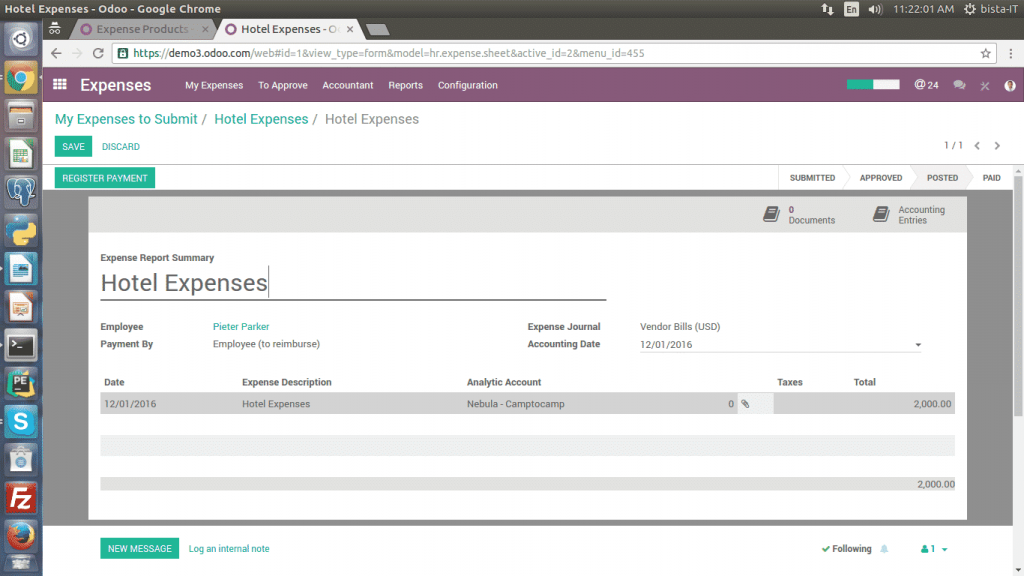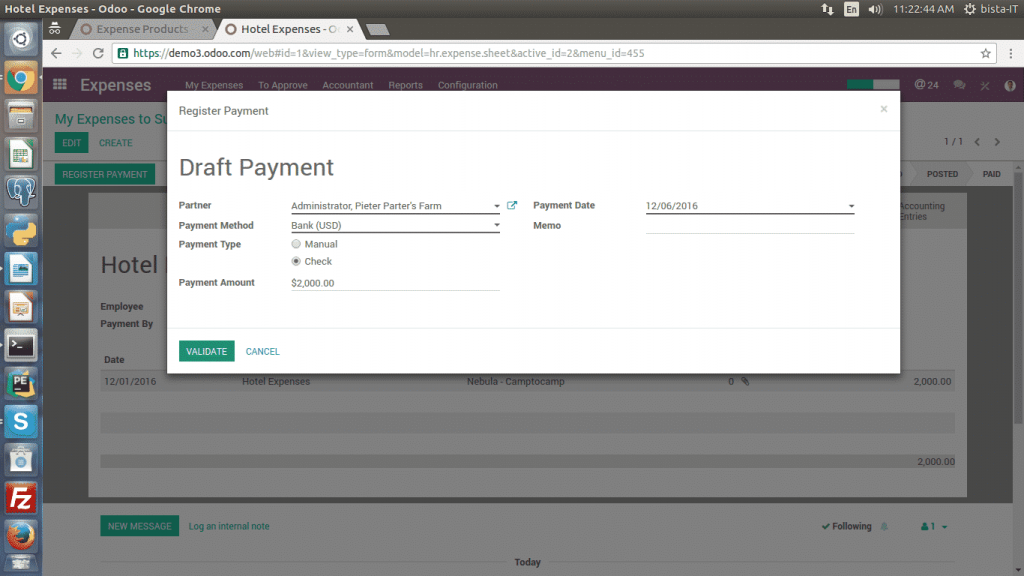Spend less time on ETL and more time on analytics using Data Blending
Introduction
Bista Solutions had always been ahead in terms of adopting new technology and ongoing trend especially in the BI industry. For projects having short deadlines and Customer who don’t prefer spending more on the ETL part, we at Bista solutions had opted for Data Blending option for such special customers. After the successful implementation for one of our esteemed Client, we would like to share our experiences in using Data Blending.
Before we start, let’s understand what exactly Data Blending refers to? Data Blending is basically a process of combining the data from multiple data sources into a proper useful data set which can be used efficiently for reporting and analytics.
Challenges faced:
So as per our Customer requirement, the core data was required to be fetched from Postgresql and since they wanted to capture daily Currency rate fluctuations so we had to also fetch data from their website and to record their historic data it was also required to connect to the Hive database. As a part of the visualization, all this data from different sources had to be analysed and used in a single report. So, under this scenario, we initially opted for ETL to combine all three sources of data and point to a single data set. But it was difficult to implement due to time constraint and budget cost.
Solution provided:
To provide a better solution we had to explore and implement the Data Blending option which not only helped us in saving time but also made us to deliver the product on time without compromising on the quality. Tools which really helped us in implementing the same in our multiple projects were
As per our experience on this tools, they were helpful in implementing the Data Blending concept for our Clients. The flexibility of self-service BI along with data blending facility gives a completely new edge in implementing a powerful BI solution.
Let’s understand why we didn’t preferred joins over Data blending.
- Data needs cleaning.
On the off chance that your tables don’t correspond with each other effectively after a join, set up information hotspots for every table, make any vital customizations (that is, rename segments, change segment information sorts, make bunches, utilize figurines, and so on.), and afterward utilize information mixing to consolidate the information.
- Joins cause copy information.
Duplicate information after a join is a side effect of information at various levels of detail. On the off chance that you see duplicate information, rather than making a join, utilize information mixing to mix on a typical measurement.
- You have loads of information.
Commonly joins are prescribed for consolidating information from a similar database. Joins are taken care of by the database, which permits joins to influence a portion of the database’s local capacities. In any case, in case you’re working with extensive arrangements of information, joins can put a strain on the database and essentially influence execution. For this situation, information mixing may offer assistance. Since Tableau handles joining the information after the information is collected, there is less information to consolidate. At the point when there is less information to consolidate, by and large, execution moves forward.
Note: When you mix on a field with an abnormal state of granularity, for instance, date rather than a year, questions can be moderate.
Also during implementation, we came across some Prerequisite like,
Your data must meet the following requirements for you to use data blending.
Primary and secondary data sources
Data Blending requires an essential information source and no less than one optional information source. When you assign an essential information source, it works as the primary table or principle information source. Any consequent information sources that you use on the sheet are dealt with as an auxiliary information source. Just segments from the optional information source that have relating matches in the essential information source show up in the view.
Utilizing a similar case from above, you assign the value-based information as the essential information source and the quantity information as the auxiliary information source.
Note: Cube (multidimensional) information sources must be utilized as the essential information source. 3D shape information sources can’t be utilized as an auxiliary information source.
Characterized relationship between the essential and optional information sources
In the wake of assigning essential and optional information sources, you should characterize the basic measurement or measurements between the two information sources. This normal measurement is known as the connecting field.
Proceeding with the case from above, when you mix value-based and amount information, the date field may be the connecting field between the essential and auxiliary information sources.
- If the date field in the essential and optional information sources have a similar name, Tableau makes the relationship between the two fields and demonstrates a connection symbol ( ) beside the date field in the auxiliary information source when the field is in the view.
- If the two measurements don’t have a similar name, you can characterize a relationship that makes the right mapping between the date fields in the essential and auxiliary information sources.
Benefits:
With the help of Data Blending our BI solution offered flexibility to connect to multiple data sources and visualize it under the same report which not only made it more attractive but also helped in a productive way for our Customer which was missing before in their existing system. So now our customer could visualize their historic data and the value of the same under certain Currency exchange daily. Last but not the least it helped us in budgeting project cost up to 20% which was allocated for the ETL process. With this implementation, we strongly recommend our Clients for Data Blending and well confident to implement and bring value to your business data as well. If you are looking for any such type of Implementation or require any further details on the same, you can reach out to us on sales@bistasolutions.com , Also if you have any feedback or suggestion then mail us at feedback@bistasolutions.com



